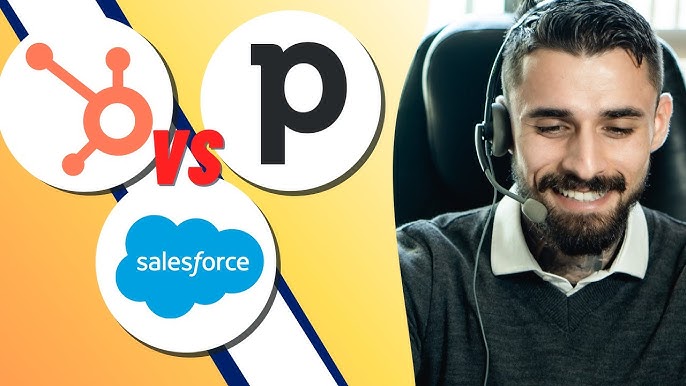
Compare HubSpot CRM, Salesforce, and Pipedrive . Discover features, pricing, and success stories to select the best CRM for your business in 2025.
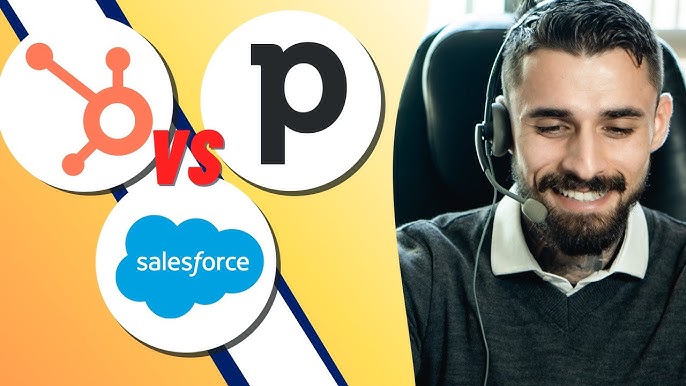
HubSpot vs Salesforce vs Pipedrive CRM
HubSpot vs Salesforce vs Pipedrive (G2 Comparison): Which CRM Is Best for Your Business in 2025?
Customer Relationship Management (CRM) platforms have become essential tools in modern business operations. For sales professionals, marketers, and small business owners, CRMs aren’t just “nice-to-have” anymore—they’re critical for streamlining processes, engaging customers, and driving revenue.
When it comes to choosing the right CRM, the market is vast. Today, we’re honing in on three major players: HubSpot, Salesforce, and Pipedrive. These platforms have consistently led the industry, offering innovative solutions tailored to a variety of business sizes and needs. Which one is right for you? By the end of this blog, you’ll have a clear understanding of how these CRMs stack up and be empowered to make the best decision for your business.
Meet the Contenders
Each of these platforms succeeds in unique ways. Here’s a quick overview:
- HubSpot is widely known for its user-friendly interface and unified marketing, sales, and service tools.
- Salesforce is a behemoth in the CRM world, offering advanced features, AI-powered analytics, and scalability for enterprises.
- Pipedrive focuses on simplicity and usability, making it perfect for small-to-medium-sized businesses with a sales-first approach.
A Snapshot of Revenue Performance
A quick look at each platform’s performance in the market can provide insight into their growth and capabilities:
- HubSpot reported record-breaking revenue in 2024, with an annual growth rate of 25%. Its success is largely attributed to expanding SMB adoption and increasing demand for all-in-one marketing and sales solutions.
- Salesforce, as the industry leader, maintains a robust market share, exceeding $30 billion in annual revenue. Its focus on AI-driven solutions like Einstein continues to set it apart from competitors.
- Pipedrive, while smaller in scale, has shown steady growth over the last five years, appealing particularly to startups and small businesses looking for an intuitive and affordable CRM.
These growth trends highlight their appeal to different market segments—but where do their strengths lie? Let’s break it down.
Feature Set Showdown
HubSpot Features
- Unified Toolset: Integrates sales, marketing, and customer support tools in one seamless platform.
- Marketing Automation: Sophisticated workflows for email marketing, ad tracking, and social scheduling.
- Analytics Suite: Offers in-depth customer insights and reporting tools tailored to SMBs.
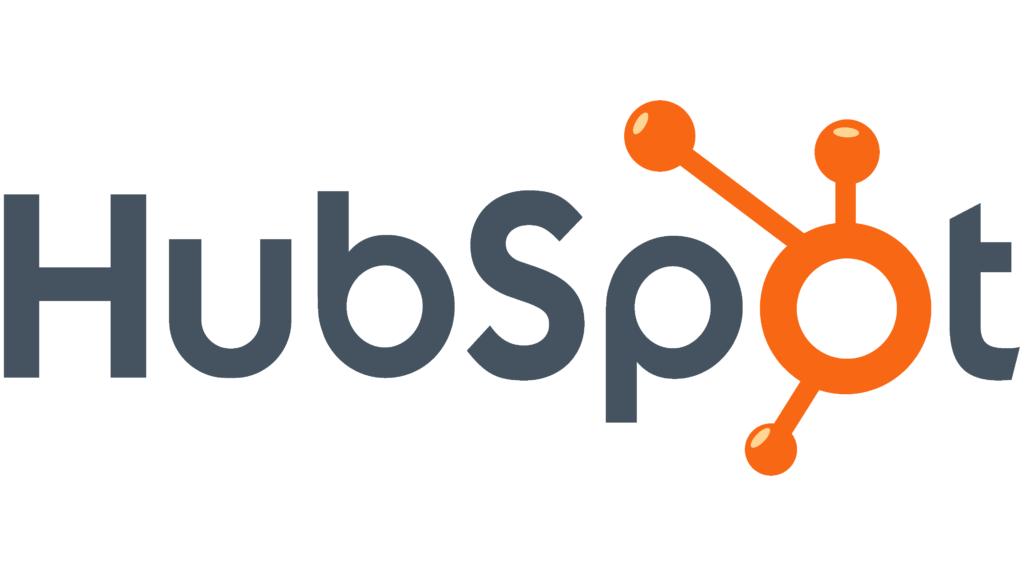
Salesforce Features
- AI-Driven Insights: Salesforce Einstein predicts customer behavior and proposes next steps.
- Customizability: Extremely versatile with tools for building custom workflows, integrations, and dashboards.
- Enterprise-Grade: Designed to scale, making it ideal for large, global organizations.
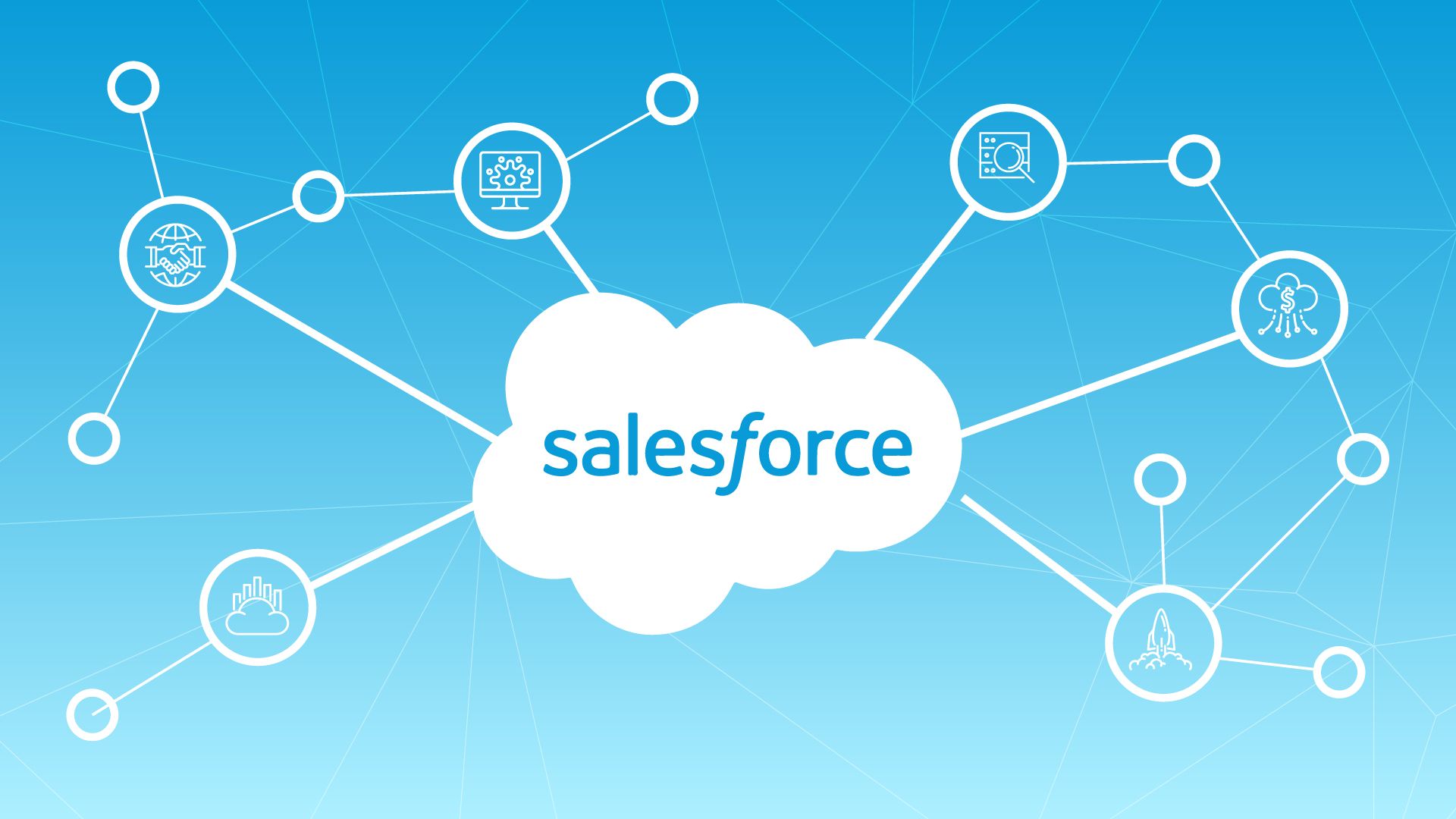
Pipedrive Features
- Pipeline Management: Designed for simplicity, with drag-and-drop tools to track sales.
- Activity Notifications: Automated reminders for follow-ups and next steps.
- Affordability: Robust feature set at a lower price point compared to HubSpot and Salesforce.
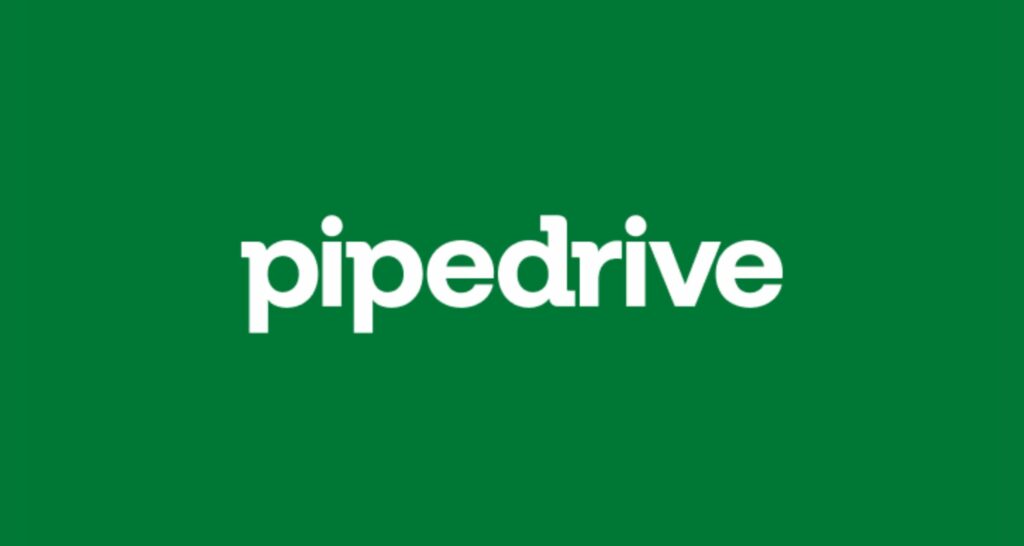
User Experience and Customer Satisfaction
HubSpot is often praised for its clean, intuitive interface. For small business owners or marketers who are new to CRMs, HubSpot is usually the easiest to adopt. Users on G2 say, “HubSpot feels like a Swiss army knife—you get everything you need without feeling overwhelmed.”
Salesforce, while powerful, comes with a steeper learning curve. Many users mention that it requires significant customization to meet their needs but once set up, it’s unmatched in capability. A review on G2 said, “If you’re looking for scalability and enterprise-grade solutions, Salesforce is unbeatable.”
Pipedrive, on the other hand, is celebrated for being straightforward. “No frills, no confusion—it’s just simple and works,” one happy small business owner remarked.
Pricing Structures
- HubSpot offers a free starter plan for basic use, but its premium tiers can get expensive, particularly as you scale.
- Salesforce follows a subscription-based model, generally costing more than competitors but offering tremendous ROI for enterprise-level users.
- Pipedrive starts at $14.90/month, making it an attractive option for budget-conscious businesses needing excellent sales tools.
Pro Tip: Always evaluate the features included in each pricing tier to avoid unexpected costs. For instance, some advanced features, like Salesforce’s AI or HubSpot’s reporting tools, may require additional fees.
Integration Capabilities
How well CRMs integrate with your existing tools and platforms can be a make-or-break factor.
- HubSpot integrates seamlessly with marketing tools like Google Ads, Gmail, and Mailchimp.
- Salesforce takes the lead in integration capabilities, offering over 4,000 third-party apps through its AppExchange.
- Pipedrive plays nice with essential services like Slack, Trello, and Zapier, catering to smaller teams.
Industry-Specific Use Cases and Success Stories
HubSpot in Action
Company X, a small e-commerce business, adopted HubSpot to track customer interactions and automate marketing efforts. Within six months, they saw a 30% increase in sales and a significant boost in customer retention.
Salesforce in Action
A global B2B enterprise leveraged Salesforce’s AI efficiency to predict customer needs, leading to 20% increased sales productivity and a 25% improvement in customer satisfaction.
Pipedrive in Action
A growing tech startup focused on simplifying its pipeline management with Pipedrive. The result? A 30% higher deal-closing rate and a drastic reduction in administrative time.
Choosing the Right CRM Solution
Choosing a CRM isn’t just about shiny features or top ratings—it’s about finding the right fit for your unique needs. Here’s a quick breakdown to help guide your decision-making:
- Choose HubSpot if… you want an all-in-one, easy-to-use platform with strong marketing features and don’t mind paying for premium tiers.
- Choose Salesforce if… you need advanced features and scalability for a large organization or enterprise.
- Choose Pipedrive if… simplicity, affordability, and sales-focused functionality are your priorities.
Still unsure? Consider signing up for free trials to explore each platform firsthand. Most offer introductory periods where you can test their features without commitment.
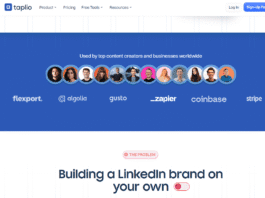



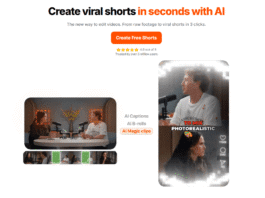
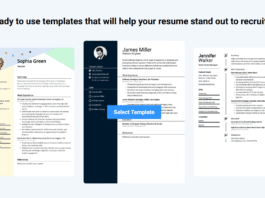
I truly appreciate your technique of writing a blog. I added it to my bookmark site list and will
Your blog stands out in a sea of generic and formulaic content Your unique voice and perspective are what keep me coming back for more
This is really interesting, You’re a very skilled blogger. I’ve joined your feed and look forward to seeking more of your magnificent post. Also, I’ve shared your site in my social networks!
deneme bonusu